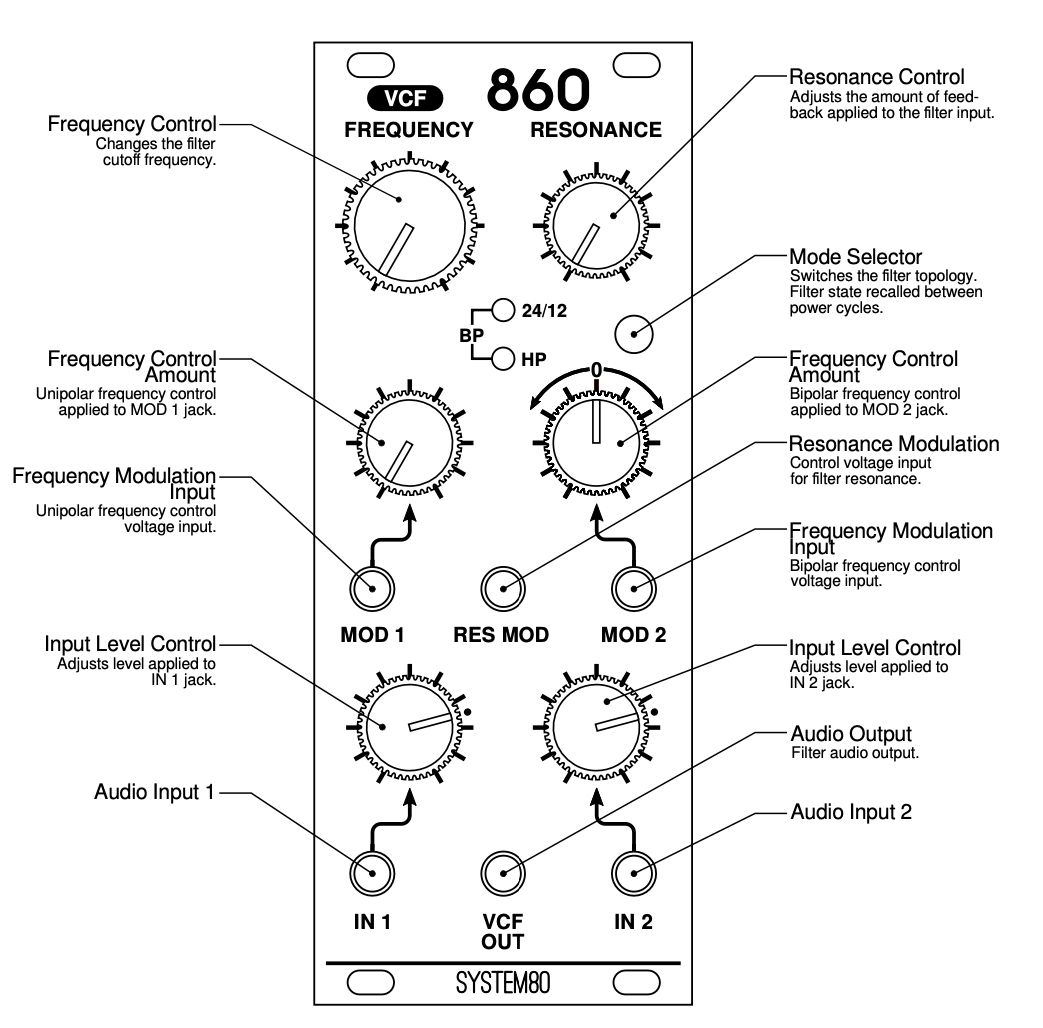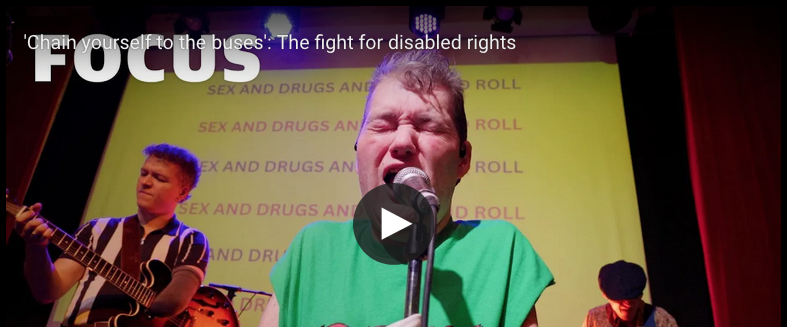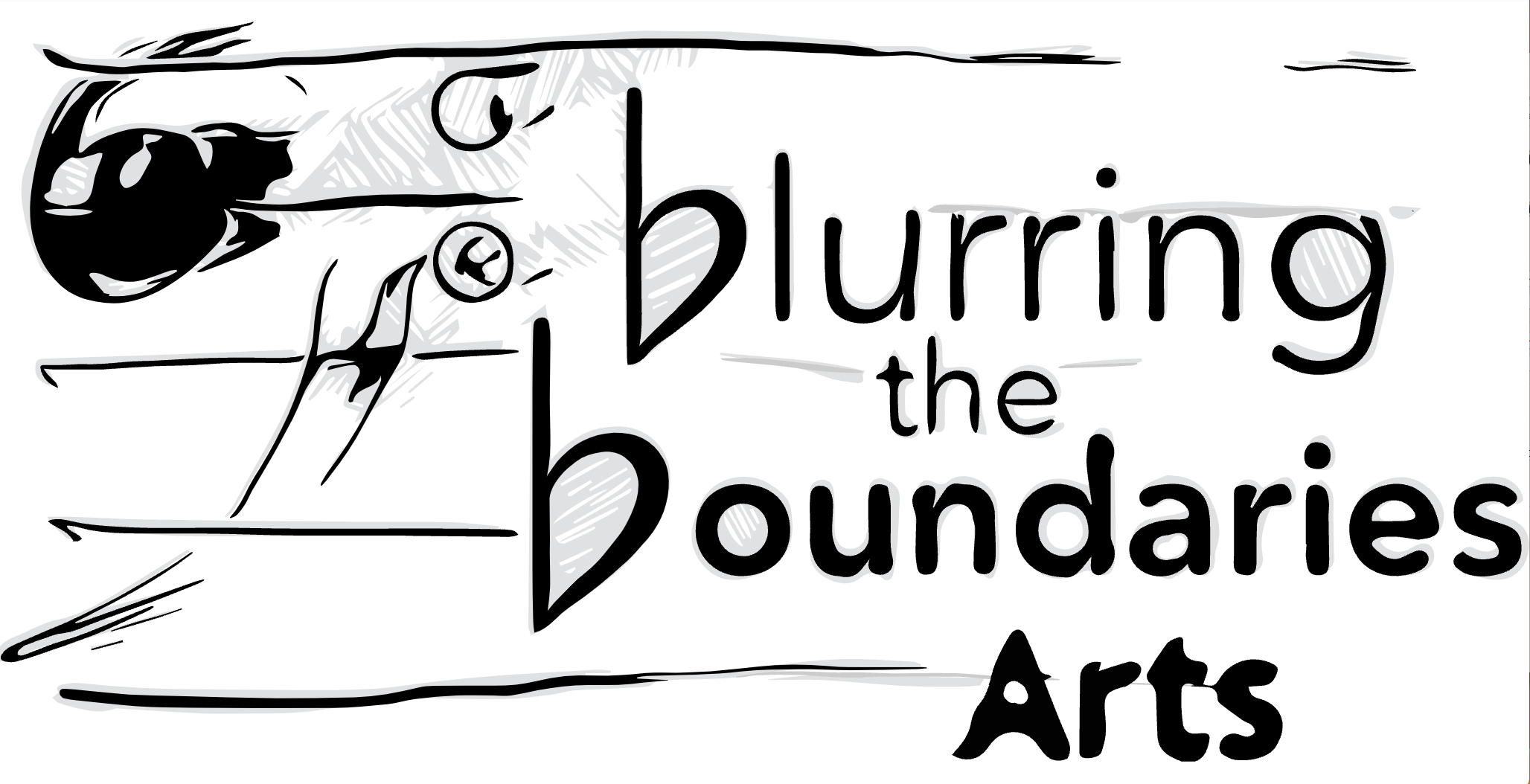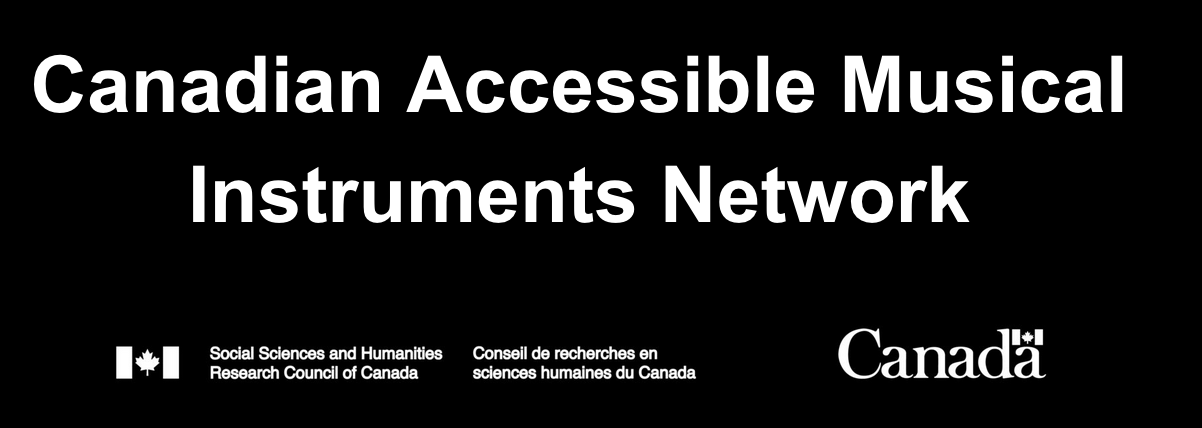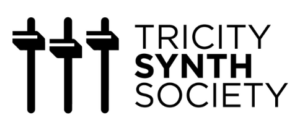System80 Oscillator (VCO), Filter (VCF), & Low Frequency Oscillator (LFO) and Sample/Hold
This video takes you through some basic patching techniques with our System80 VCOs, VCFs, LFOs, Sample/Hold utilities, and basic Frequency Modulation (FM) possibilities using two oscillators.
0:10 VCO basic waveforms (sine, sawtooth, triangle) through oscilloscope 1:07 Square wave with pulse width modulation 1:18 Looking at various LFO waveforms (too slow to hear) 1:34 Speeding up LFO waveforms into audio rate (fast enough to be audible) 1:56 Using the LFO to modulate the Square Wave pulse width 2:50 Patching the audio signal through the filter (VCF) 3:08 Patching the LFO to modulate the filter (using stackable cable) 3:18 See how different LFO wave shapes/speeds affect the filter modulation 3:40 Using a trigger from the clock to sync the LFO with the clock and sequencer 3:52 Patching sequencer gates and clock triggers to the second bipolar LFO modulation input 4:35 Frequency Modulation using 2 VCOs (SINE WAVES) 5:14 Using the SAMPLE and HOLD to voltage outputs (e.g., pitch/note values) using NOISE (random note outputs) and wave forms (stepped outputs) 5:45 Using a clock to trigger Sample/Hold note outputs 6:01 Adding a Sine Wave (see FM) again…. Why not?! 6:25 Using two voltage/pitch inputs: One through KYBD in and one through the modulation input 6:45 Exchanging the two pitch inputs to see what happens! Why not?! 7:01 When I change the Sample/Hold source from NOISE to Sawtooth, you can hear a rising note pattern (instead of random notes) 7:12 Using the VCO sawtooth out to run a second audio signal through a filter. Why not?! 7:43 Using the LFO to (again) modulate filter and create movement 8:20 Just improvising now! Note how the TAP button can change the whole dynamic

